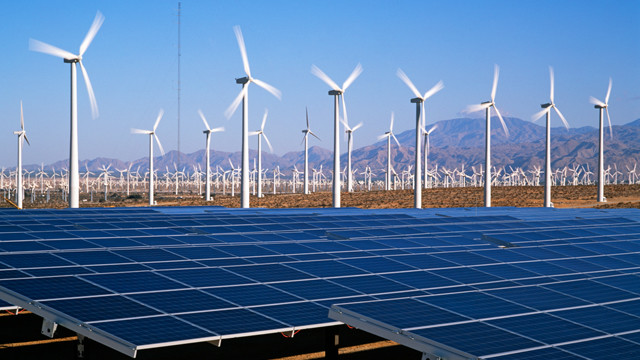Discover how eco-friendly initiatives are driving clean energy usage. Investigate new solutions and their impact.
In today’s globe, the need to move to renewable energy alternatives has never been greater. Climate change, pollution, and resource depletion are all sharp reminders of the need to transition away from traditional fossil fuels and toward sustainable alternatives. Fortunately, an increasing number of environmentally friendly initiatives are emerging, paving the way for clean energy adoption.
The importance of clean energy solutions
With the threat of climate change looming, the need to embrace renewable energy alternatives is clear. The combustion of fossil fuels emits damaging greenhouse gases into the atmosphere, accelerating global warming and its repercussions. Climate change has far-reaching and profound consequences, including catastrophic weather events and increasing sea levels. Transitioning to clean energy is critical not only for reducing these effects, but also for assuring future generations’ sustainability.
Eco-Friendly Initiatives Paving the Way
Fortunately, a wave of environmentally friendly programs is driving the shift to sustainable energy. Renewable energy projects and emerging technology are altering the energy landscape. Solar power, wind energy, and hydropower are just a few of the sustainable energy sources that are gaining popularity around the world. These initiatives, which harness the power of nature, provide a sustainable alternative to traditional fossil fuels.
Case Studies for Clean Energy Adoption
One significant example of renewable energy adoption is the rapid growth of solar electricity. Solar photovoltaic (PV) installations have increased significantly in recent years, owing to lower costs and favorable legislation. Germany and China have emerged as leaders in solar energy deployment, demonstrating the viability of large-scale solar installations. Similarly, wind power has expanded dramatically, with wind turbines now dotting landscapes all over the world. These success tales serve as a powerful reminder of clean energy’s ability to revolutionize our energy systems.
Challenges and opportunities
Of course, the transition to renewable energy does not come without its hurdles. Infrastructure limits, regulatory impediments, and entrenched interests can all impede growth. However, these challenges provide opportunity for creativity and collaboration. By eliminating these barriers, we can fully realize the potential of clean energy solutions and build a more sustainable future for all.
The role of technology
Technology is critical in accelerating the adoption of renewable energy solutions. Advances in renewable energy technology, energy storage systems, and grid management techniques are making clean energy more accessible and affordable than ever before. Smart grids, energy-efficient appliances, and electric vehicles are among the innovations that are reducing energy use and lowering carbon emissions. By leveraging technology, we can expedite the transition to renewable energy and create a more robust energy infrastructure.
The Value of Collaboration
Collaboration is critical for progressing clean energy programs on a worldwide basis. Governments, companies, academia, and civil society all play a role in accelerating the transition to renewable energy. Collaboration allows us to exchange knowledge, experience, and resources in order to tackle common difficulties and achieve shared goals. Public-private partnerships, international cooperation, and grassroots activism all contribute to a more sustainable energy future.
Conclusion
Finally, environmentally friendly activities are paving the way for the use of renewable energy. These endeavors, ranging from renewable energy projects to innovative technologies, provide a sustainable alternative to traditional fossil fuels. By embracing clean energy alternatives, we can lessen the effects of climate change, reduce pollution, and ensure a more sustainable future for future generations. Together, we can create a world driven by renewable energy.
